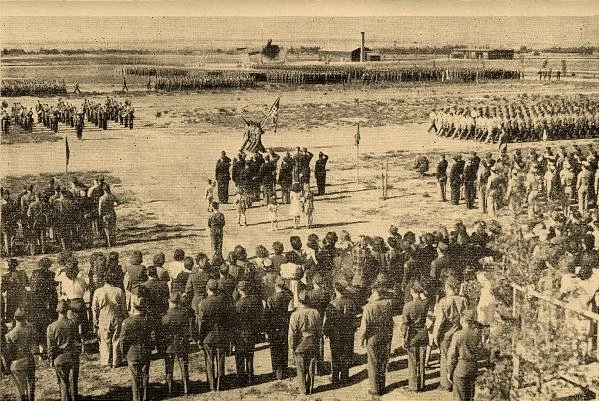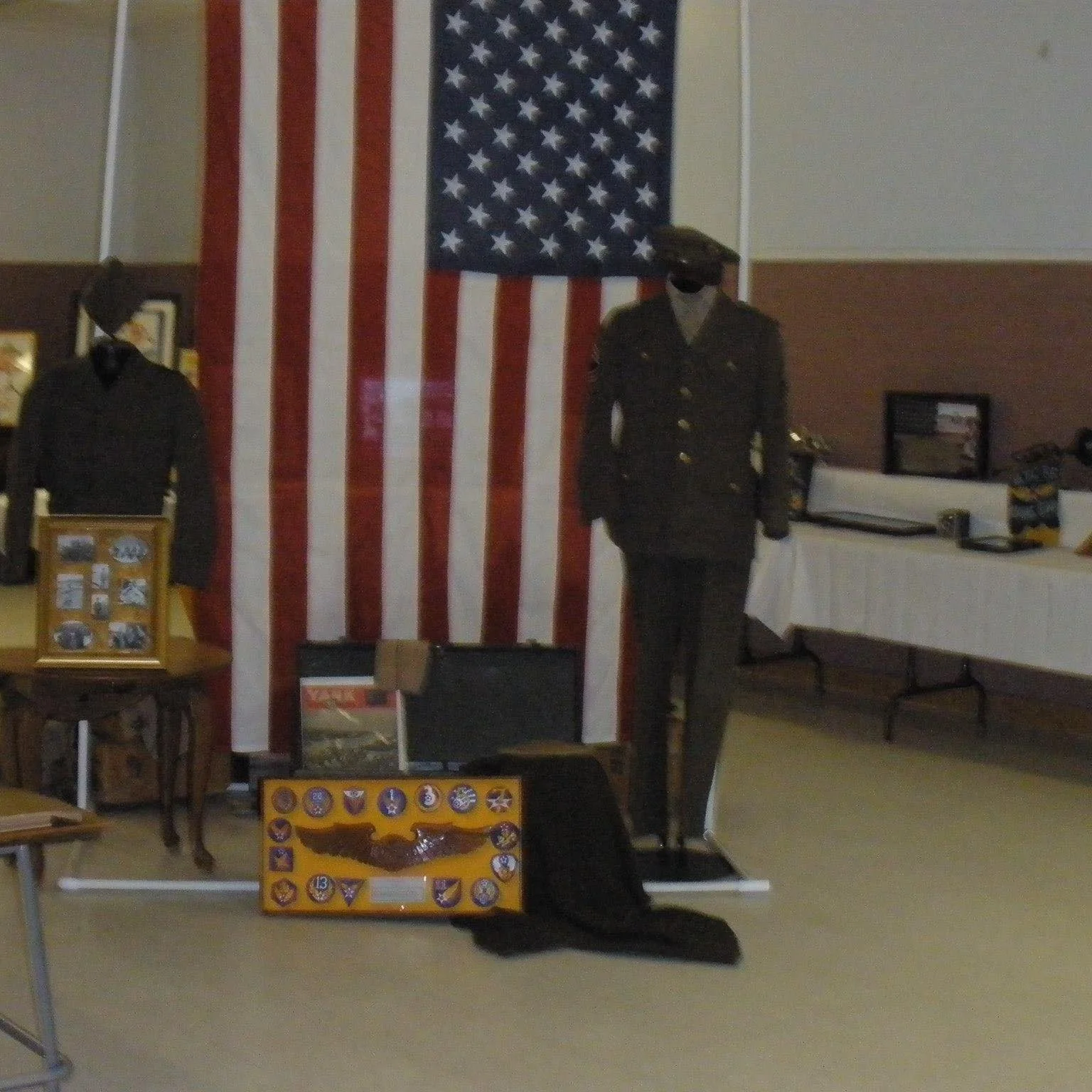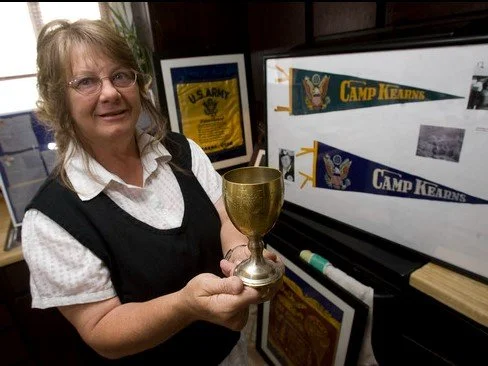Camp Kearns: WWII military base turned historic Utah community landmark
From Alfalfa Fields to Army Post: The Brief but Powerful Legacy of Camp Kearns
What began as open farmland—dry-farmed by early settlers in the Kearns area—was quickly transformed into one of Utah’s most vital World War II military installations. Established in July 1942, Camp Kearns rapidly grew into the third-largest city in Utah during the war. At its peak, it served as a training and replacement depot for the U.S. Army Air Forces and temporarily housed over 250,000 troops as they prepared for deployment.
The camp operated with an average of 15,000–20,000 soldiers stationed at any given time. It was a full city unto itself—complete with fire stations, warehouses, offices, and barracks. The fire department, once considered the best on any Army post in the country, operated four fire stations staffed by regular and auxiliary firemen.
Camp Kearns officially ceased operations in September 1946, as troops were reassigned to other bases along the West Coast. By April 21, 1947, the final 19 enlisted men were transferred, leaving only Captain J.J.D. Robertson, who remained to complete final audits and records before closing the base entirely.
At its height, the camp employed hundreds of civilian workers, but by its closure, only four civilians and ten firemen remained to assist in wrapping up operations. Most of the buildings were decommissioned or sold. Brigham Young University acquired two buildings from the hospital area for future classroom use, and 2,600 stoves were stored on-site by the Veterans Administration.
Although the land was still owned by the federal government, the leased rifle range and surrounding fields soon returned to agricultural use, with crops beginning to grow again. Over five short years, Camp Kearns transformed from farmland to a bustling wartime hub—and back again to near silence.
Today, little remains of the original base, but the legacy of the men and women who passed through its gates during one of the most defining eras in American history continues to shape the communit
Local historian Pam Harrold Todd has lovingly collected hundreds of thousands of artifacts from Camp Kearns, preserving a powerful chapter of Utah’s World War II history. For years, she has shared these treasures through “Camp Kearns for a Day” history displays, drawing community interest and honoring the legacy of those who served. Now, Pam is proud to announce that these priceless relics will soon have a permanent home in the upcoming WVC/Kearns Museum, located inside the new West Valley City Community Center at 3900 South and 4000 West. Alongside the rich history of West Valley City, Camp Kearns will finally have a lasting space for future generations to explore and remember.






